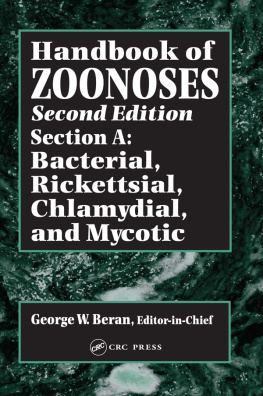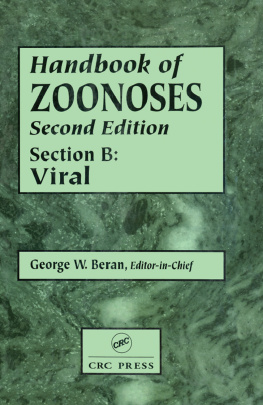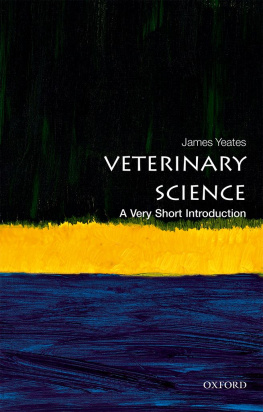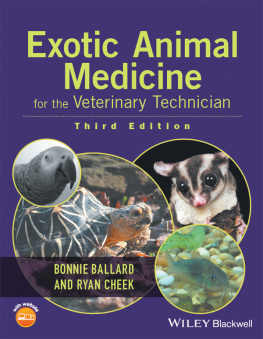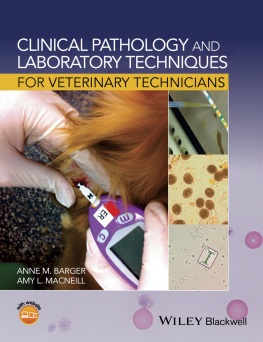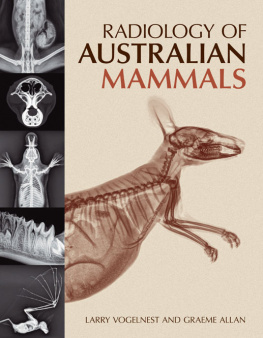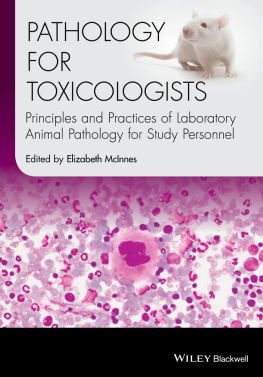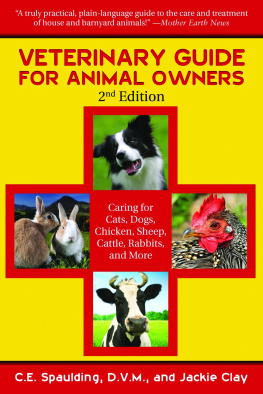National Library of Australia Cataloguing-in-Publication entry
Parsonson, Ian M.
The Australian ark : a history of domesticated
animals in Australia (17881998)
Bibliography.
ISBN 0 643 0657 9.
1. Livestock - Australia - History.
2. Sheep Breeding - Australia - History.
3. Livestock - Diseases - Australia - History.
I. Title.
636.00994
Ian Parsonson 1998
First edition (hardback) published 1998
This edition (paperback) published 2000
Printed in Australia by Brown Prior Anderson
Published by:
CSIRO PUBLISHING
PO Box 1139
(150 Oxford Street)
Collingwood, Victoria 3066
Australia
Tel: (03) 9662 7666 Int: +61 3 9662 7666
Fax: (03) 9662 7555 Int: +61 3 9662 7555
Email: sales@publish.csiro.au
www.publish.csiro.au
Acknowledgments
There are so many people who contribute to a book like this that it is difficult to know where to start. Obviously the libraries were a source of much of the material. The Royal Veterinary College (London), Queensland State Library, Mitchell Library (Sydney), Latrobe Library (Melbourne), CSIRO Division of Animal Health Library (Geelong), Deakin University Library and the Geelong Regional Library. There were a number of small country libraries and historical museums from which material was obtained. In all cases the staff were most cooperative and helpful, to them my grateful thanks.
Agricultural journals, veterinary literature and historical society publications provided a rich source of information.
There were many friends who provided material and photographs including Tim Bingley, JM Cameron Northern Territory University, Dr John Frisch, Graeme Harvey, Ivan Heazlewood, Dr Peter Lewis, Dr Peter Mylrea, Ted Stephens, Stewart Thompson, Bryan Wardle and too many others to name but who know I appreciate their help.
To the editors who corrected my wayward pen and improved my prose, Dr John Peterson, Cliff Prowse and Robin Taylor, and to Nick Alexander, CSIRO Publishing, my grateful thanks. To my wife Margaret who did all the typing and my daughter Elizabeth Wilson who helped me with her computer skills, my special thanks.
Finally I would like to dedicate this book to my family who supported me and to future Australians in the hope that it gives them a brief glimpse of the roles that the pioneers and their animals played in helping to develop Australia.
Ian Parsonson
1
Beginning
The First Domesticated Animals of the Settlement of New South Wales
When Europeans arrived in the southern continent of New Holland to establish the first colony, they found that semi-nomadic races had preceded them by many thousands of years. Where the Aboriginal peoples came from and how they had reached the continent is still unknown and continues to be the subject of speculation. However, we do know they were accompanied by native dogs. The transport used and the routes the Aborigines followed, enabled some of these groups to bring their native dogs. There is overwhelming evidence that dingoes (Canis familiaris) did not reach Australia until well after the first waves of Aborigines. The absence of dingoes from New Guinea and Tasmania has been interpreted by Mulvaney proposed a time as recent as 3500 years ago. How and when dingoes arrived, is still to be decided, but they, along with introduced rodents, became the first known semi-domesticated and wild animals introduced to the Southland, in which nearly all the native mammals were marsupials.
The First Fleet sailed from Portsmouth, England, on 13 May 1787, and made a relatively uneventful voyage to Rio de Janeiro and thence to the Cape of Good Hope. During the stopover at the Cape final preparations for the voyage to Botany Bay were made, including the last collections of plant cuttings, seeds, and finally purchases of animals. In this manner the first exotic ruminants, horses, swine, birds, rabbits and other species to reach the colony of New Holland were chosen.
Table 1.1 First Livestock; purchased at Capetown on behalf of the Government
Horses | I stallion, 3 mares, 3 colts |
Cattle | 2 bulls, 6 cows |
Sheep | 44 sheep |
Goats | 4 goats |
Swine | 28 pigs |
Officers, including Governor Arthur Phillip, were also able to purchase animals. He purchased 70 on his own account and on behalf of the Government to add to the other domesticated animals on board the vessels when sails were set to leave Capetown.
After 77 days at sea, the fleet arrived at Botany Bay. Stock losses were surprisingly low considering the conditions on board the vessels and the duration of the voyage. All the horses, the bull, bull-calf, and three cows survived, as did 100 sheep, goats, pigs and assorted poultry types. Three cows and a number of sheep died due to the poor quality and limited quantity of feed available.



